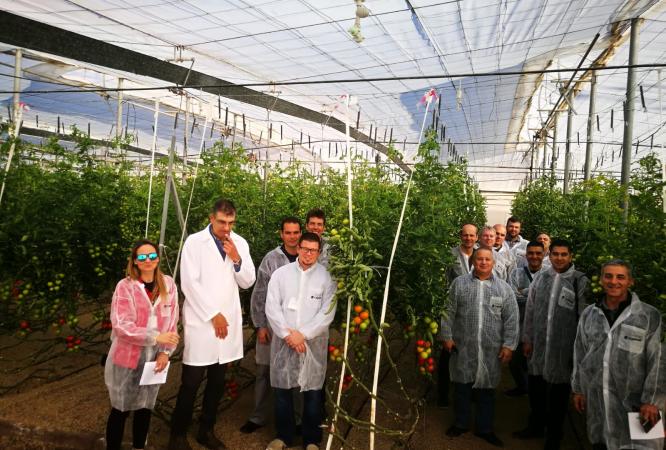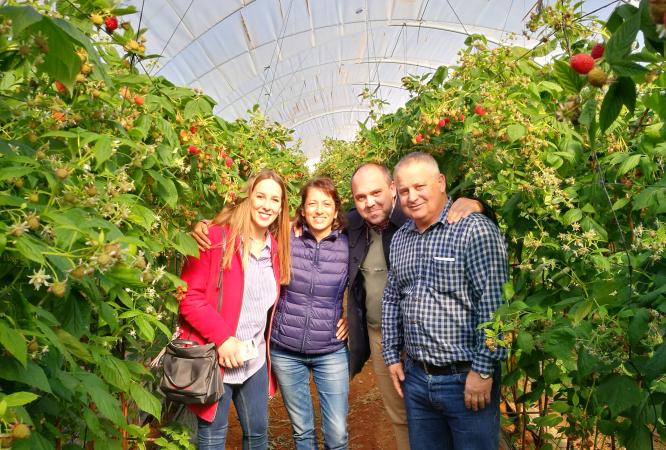For the upcoming California Almond Conference at the Sacramento Convention Center (CA, USA) on December 6-8, 2016 we decided to share with you 7 interesting facts about almonds.
1. Almond trees belong to the Rosacea family, which includes roses, cherries, plums, peaches and apricots.
2. Almonds are very sensitive to salinity - Almond trees are relatively sensitive to sodium, chloride and boron. Yields are impacted when average root system salinity increases above 1.5 dS/m, with research indicating a 19% decrease in potential yield with every 1.0 dS/m increase.
3. Almond kernels (nut) contain high rates of potassium - Almond kernels contain 0.75% K, which means that almonds remove about 7.5 gms of elemental potassium (K) or 9 gms of potassium oxide (K2O) for every 1 kg kernel. This means that for every 1 tonne of kernels removed, at least 9 kg of K2O must be applied to prevent future deficiency.
4. Continuous fertigation was found, by many experiments and studies, as the most efficient fertilization method for almonds.
5. Post-harvest application of potassium nitrate is common practice by Australian growers. It completes the nutrition needs of the tree after production of high yield.
6. On the other side of the globe, Israeli growers apply foliar nutrition immediately after blooming peak to provide the nutrition needs for the next season.
7. Almond harvest is done by shaking the tree. Before mechanized harvest, growers did not water the tree for several days to avoid shaker damage.
Meet us at:






